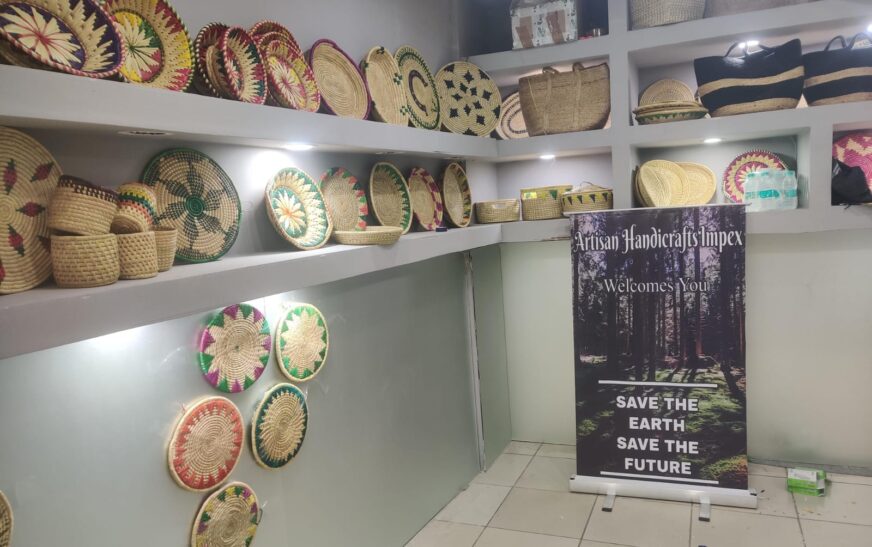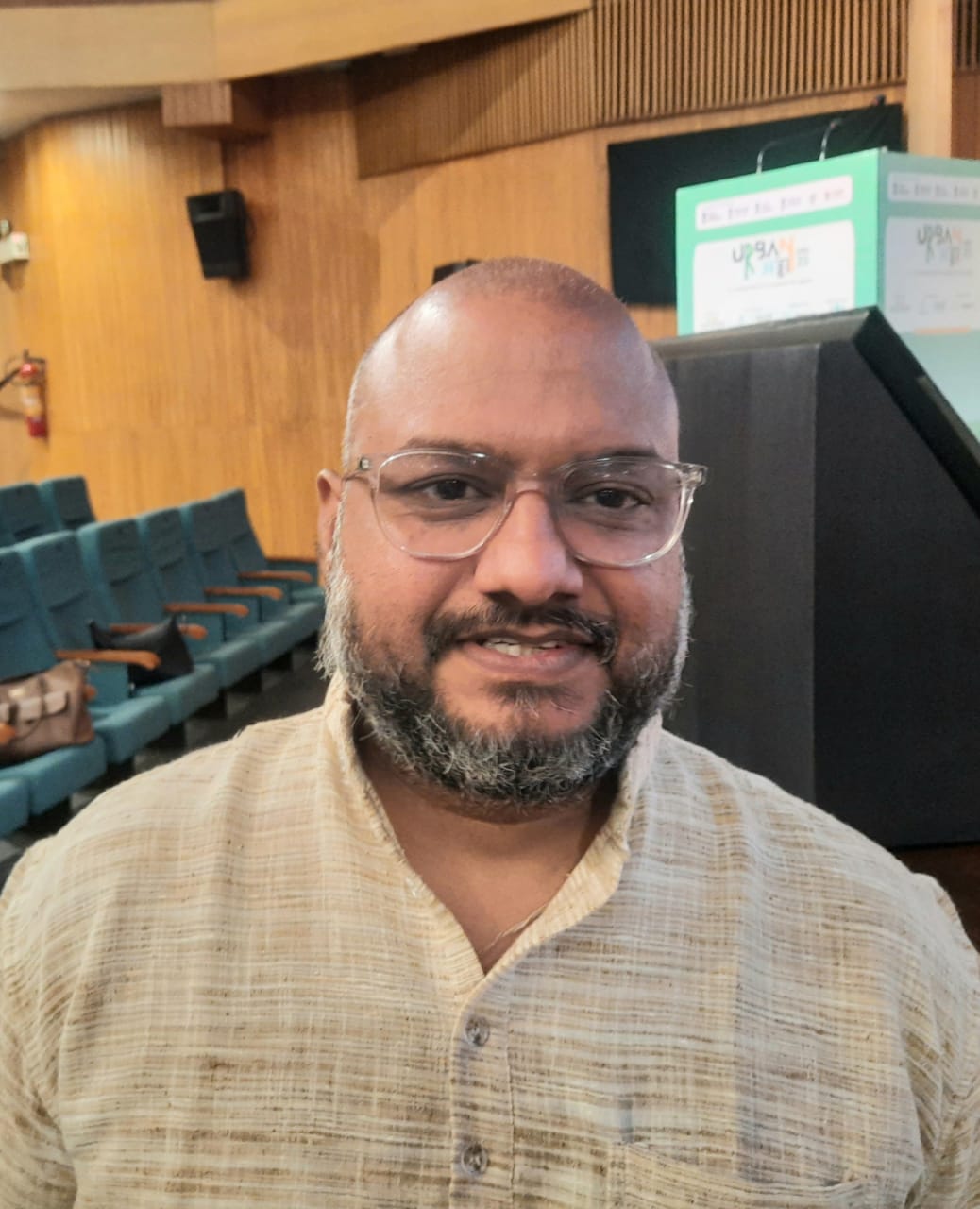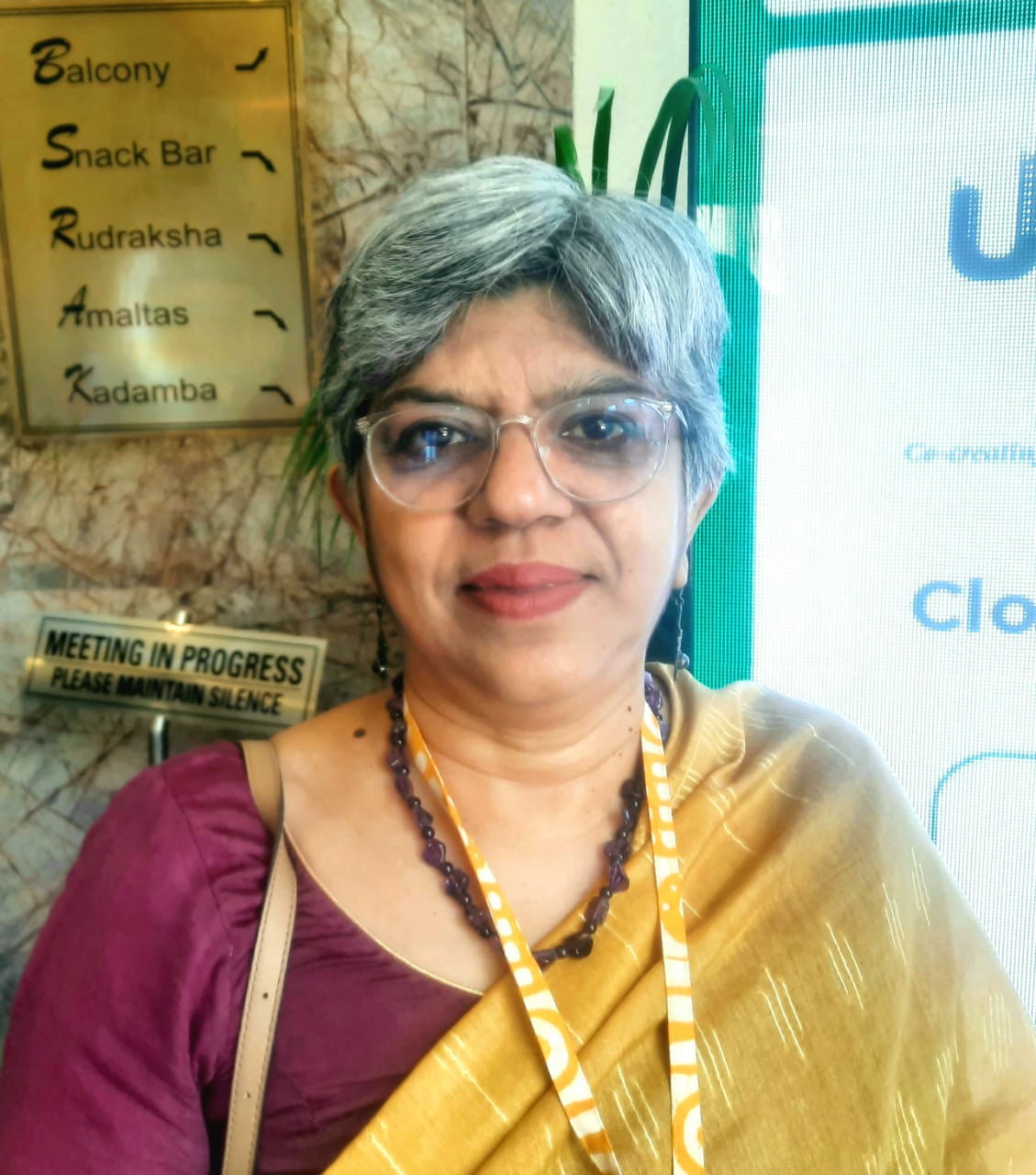Artisan Handicrafts Impex presents a collection of handicrafts that embody the rich heritage of India. They boast unique and elegant designs crafted by skilled artisans. These artisans proudly carry forward their family’s traditional legacy of creating indigenous handmade artworks. The products, characterized by their elegance, style, and exceptional quality, reflect a blend of ethnicity and innovation.
With a steadfast commitment to authenticity, creativity, and design excellence, Artisan Handicrafts Impex showcases a diverse range of products. All these handicrafts stay true to the essence of Indian heritage. The company prioritizes sustainability and eco-friendliness in its crafting processes.
In an exclusive interaction with The Interview World, Sangeeta Dhaor, Co-owner of Artisan Handicrafts Impex, delves into various aspects of their business. She discusses the market’s response to their handicrafts, emphasizes their focus on empowering women artisans, and acknowledges the supportive policies of the government. Here, we present the key insights from her interview.
Q: How are you integrating sustainability into the design of handicrafts intended for export?
A: Artisan Handicrafts Impex specializes in crafting sustainable handwoven moonj grass baskets and other grass products. These handicrafts are environmentally friendly and sourced from non-forest materials. Our artisans possess traditional basket-making skills, a heritage craft we aim to revitalize.
Our mission is twofold: promoting eco-friendly and sustainable practices both locally and internationally. By utilizing moonj grass, which inherently remains cool and emits no radiation or carbon emissions during production, we create products that align with our environmental ethos. Furthermore, our manufacturing process eschews electricity, ensuring minimal ecological impact.
These handcrafted items not only boast environmental benefits but also prioritize hygiene. Produced in our facility under strict sanitary conditions, these products are crafted predominantly by women artisans, many of whom receive training and support through partnering NGOs. While these artisans possess foundational skills, our involvement extends to refining designs to enhance marketability and appeal.
Our commitment to artisanal craftsmanship is evident in our hands-on approach; devoid of machinery, each piece bears unique design variations. In essence, our collection epitomizes the beauty and authenticity of handcrafted goods.
Q: How large is your target market?
A: Two and a half years ago, we launched our business. Shortly after the onset of the COVID pandemic, I noticed a surge in interest from various regions including Iraq, Dubai, European countries such as the UK, and even the USA. Customers from these areas have been actively placing orders for our handicrafts.
Q: Could you describe the nature of the market response you’re currently experiencing?
A: These customers are ordering multiple placemats, versatile in their use. They serve as both table and kitchen placemats, fitting over counters and various surfaces. Moreover, they double as decorative wall art, a feature highly praised by our clientele. Among these sought-after handicrafts is our fruit basket.
In contemporary times, there’s a surging demand for eco-friendly fruit and vegetable baskets, especially in corporate circles. Businesses are increasingly prioritizing Sustainable Development Goals (SDGs) and fostering an environmentally conscious ethos. This shift has spurred the gifting of sustainable products to employees, clients, and other stakeholders, with PR professionals also seeking these eco-conscious offerings. The prevailing trend is towards sustainable product gifting, aligning with evolving consumer preferences.
Recognizing our customers’ aesthetic sensibilities, we meticulously craft unique handicrafts tailored to their tastes.
Q: How is the Indian market responding to these handicrafts?
A: The Indian market is showing a strong response to handicrafts. I’ve observed a trend where artisans, who have been practicing wooden and metal art for generations in traditional businesses, are now branching out into this particular product. It’s incredibly captivating and offers a sense of solace to those who encounter it.
Notably, no heat or radiation is involved in its creation. By promoting these products, we’re also supporting women from rural areas. Many of these women possess the artistic skills needed to craft these items, and through marketing them, they can now benefit economically.
One key characteristic of these products is the significant manual effort invested in their design.
Q: How do you tailor the pricing structure to best accommodate the needs and preferences of Indian customers?
A: Those acquainted with our product are offering competitive prices, even without prompting for higher rates. Our priority remains fostering a win-win scenario for all involved in our business ecosystem. While we don’t aim for exceptionally high prices, our focus is on maintaining a sustainable model that supports the livelihoods of the dedicated women who contribute their labor. It’s about fair compensation and long-term viability for everyone invested in our venture.
Q: How diverse is the current demographic makeup of your organization, particularly in terms of gender representation?
A: Our handicraft business thrives with the involvement of over 1000 women spread across two key regions: Uttarakhand and Allahabad. In each area, the grass used in our products exhibits slight variations influenced by the distinct climates. Despite these differences, the overall quality remains consistent. The women artisans collaborate within two to three clusters, fostering a sense of community and teamwork. Looking ahead, I am determined to broaden our impact by welcoming more women into our network, empowering them to contribute their skills and creativity to our growing enterprise.
Q: How do current government policies contribute to the growth and expansion of your business?
A: The government’s decision to maintain minimal GST rates, almost negligible, serves as a significant boon for artisans, providing them with a conducive environment to thrive. Ideally, the GST rate should not exceed 5 percent, a figure that remains nominal and facilitates both affordability for consumers and sustainability for producers. Consequently, this measure effectively fosters the growth and sustainability of the handicraft sector, incentivizing more artisans to engage in their craft and contribute to the economy.
Moreover, the implementation of the “one district one product” (ODOP) program, particularly in districts like Allahabad or Prayagraj, signifies a targeted and localized approach to promoting indigenous crafts. Our unit in Prayagraj serves as a testament to the success of this strategy, where despite its modest scale, the artisans exhibit remarkable skill and dedication. Overall, the government’s multifaceted initiatives aimed at supporting artisans and handicrafts are instrumental in nurturing entrepreneurship within the sector, paving the way for sustainable economic development and cultural preservation.










2 Comments
I couldn’t resist commenting
Thanks for the sensible critique. Me & my neighbor were just preparing to do a little research on this. We got a grab a book from our local library but I think I learned more clear from this post. I’m very glad to see such excellent info being shared freely out there.
Comments are closed.